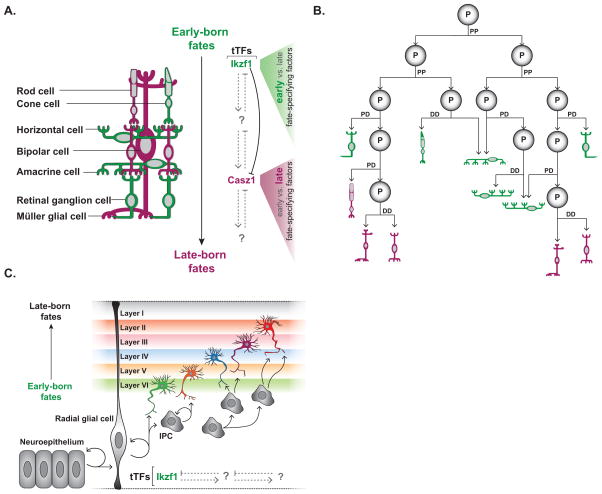Figure 2. Temporal patterning in the vertebrate retina and cortex.
(A) There are seven main cell types in the adult retina: ganglion cells, horizontal cells, cone cells, amacrine cells, bipolar cells, rod cells and Müller glia. Although the birth order of retinal cell types overlaps highly, and individual retinal progenitor cells (RPCs) produce variable clone sizes, cone cells, horizontal cells, amacrine cells, and retinal ganglion cells are born early (green cells) whereas rod cells, bipolar cells and Muller glial cells are born late (purple cells). Early-fate specifying transcription factors are biased to be expressed early, perhaps as a result of the temporal transcription factor Ikzf1, which is expressed in RPCs early in development. In contrast, late-fate specifying transcription factors are biased to be expressed late, perhaps as a result of RPCs expressing the temporal transcription factor Casz1 late in development. The cross-regulatory interaction between Ikzf1 and Casz1 is reminiscent of the interaction between temporal transcription factors in Drosophila.
(B) Initially, RPCs tend to undergo PP divisions to expand the progenitor population, before switching to PD and DD divisions (See Box 2). Although progenitors are capable of producing any cell type in any temporal window, they are biased to produce specific fates as they age (See Box 2). Interestingly, cell fate correlates with division mode: retinal ganglion cells are born from PD divisions, amacrine cells arise from both PD and DD divisions, whereas horizontal, bipolar, rod, and cone cells tend to be born from DD divisions.
(C) The vertebrate cortex is built in an inside-out fashion, where early born cells reside in the deepest layer and later born cells migrate past their earlier born siblings. Neuroepithelial cells initially undergo PP division to expand the progenitor population before giving rise to radial glial cells, which are multipotent cortical progenitors. Radial glia divide asymmetrically to give rise to cells with limited proliferative potential called intermediate precursor cells (IPCs). Early in development, cortical progenitors express the transcription factor Ikzf1, a candidate temporal transcription factor associated with early-born neuronal fates, which is also expressed in early progenitors in the mammalian retina.

